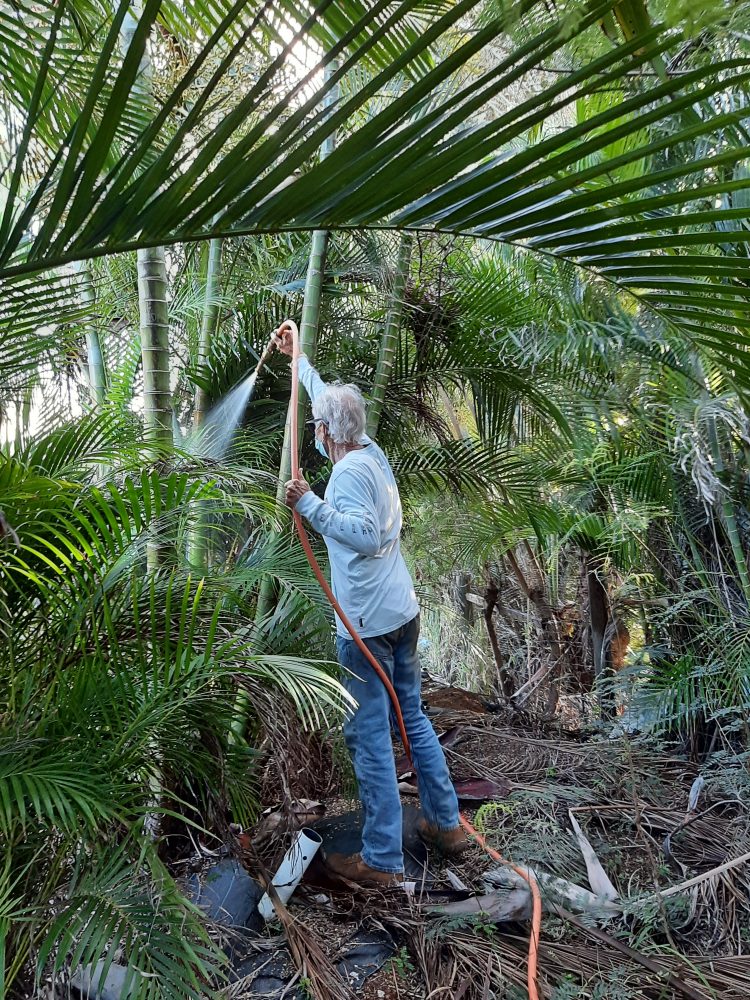Haʻikū communities are taking back their quiet nights from noisy, invasive coqui frogs, with tools and training from the Maui…
Read More
Citric solution
How to Mix Citric Acid for Coqui Control
Follow all label directions. You can find a generic label for citric acid here: Citric Acid 25b label Making your…
Read More

